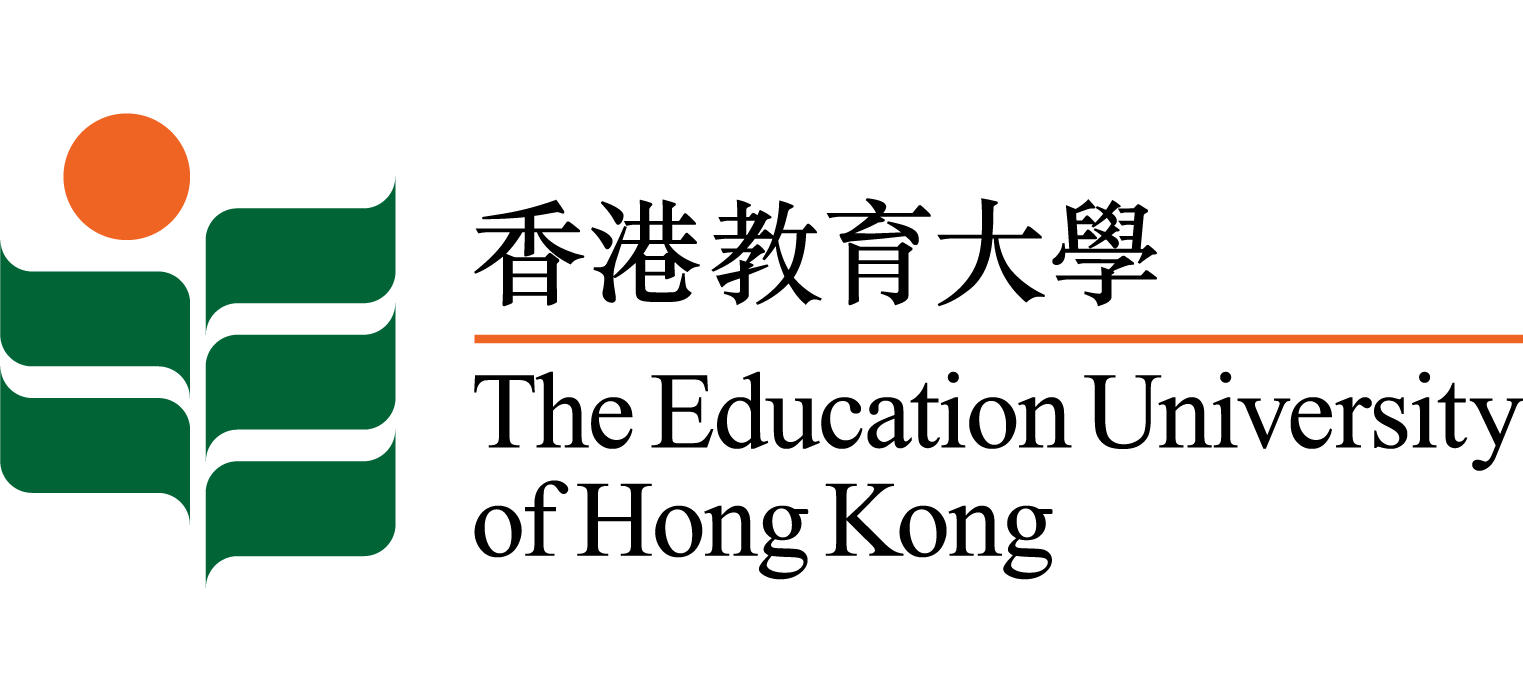Journal Articles
Exploring predictors of STEM aspirations from a STEM capital perspective
- Exploring predictors of STEM aspirations from a STEM capital perspective
- Routledge
- 2024
-
- Hong Kong
-
- 1997.7 onwards
-
- Primary Education
- Secondary Education
- Background: The concept of science, technology, engineering, and mathematics (STEM) capital can serve as a framework for understanding how various resources contribute to aspiration formation in STEM fields. However, to date, it remains unclear what factors should be included in STEM capital and how they may help explain why students do or do not aspire to STEM careers. Purpose: This study aimed to validate the instruments and explore the predictive effect of various factors, including STEM capital and other non-STEM specific cultural capital factors, on students’ STEM aspirations while comparing these variables among primary, junior secondary, and senior secondary levels. Sample: A stratified sample of students (N = 3,991) from the upper-primary to senior-secondary level in Hong Kong participated in the study. Design and methods: An online survey investigation was conducted for data collection. Exploratory and confirmatory factor analyses were performed to validate the instruments before ANOVA, correlation analysis, and regression analysis were performed. Results: The elementary students had significantly greater scores on the STEM capital variables than did the students at the junior and senior secondary levels. Gender, age, parental school involvement and expectations, informal STEM participation, positive views of professionals, and self-concept in mathematics positively predicted STEM aspirations, while having a parent/guardian with a STEM career negatively predicted students’ aspirations. In addition, the results showed that having STEM books at home and self-concept in information technology were additional predictors at some educational levels. The explored factors can explain approximately 30% of the variance in students’ STEM aspirations. Conclusion: Senior students’ STEM capital factors exhibit lower levels compared to their younger peers. The developed, adapted, and translated instruments are valid for measuring the factors composing STEM capital, where some cultural and STEM capital factors significantly explain variations in students’ STEM aspirations. The mechanism of the negative effect of parental STEM occupations and the implications of the current study are also discussed. Copyright © 2024 Informa UK Limited, trading as Taylor & Francis Group.
-
- English
- Journal Articles
-
- 02635143
- https://bibliography.lib.eduhk.hk/bibs/cae176f0
- 2024-09-05
Recent Journal Articles
Modelling trait and state willingness to communicate in a second language: An experience sampling approachJournal Articles
Teaching national identity in post-handover Hong Kong: Pedagogical discourse and re-contextualization in the curriculumJournal Articles
Paradoxes in intercultural communication, acculturation strategies and adaptation outcomes: International students in Hong KongJournal Articles
The efficacy of the Peace Ambassador Project: Promoting children's emotional intelligence to address aggression in the early childhood classroomJournal Articles
Brokering school improvement through a school–university partnership: A longitudinal social network analysis of middle leadership developmentJournal Articles
L2 English listeners’ perceived comprehensibility and attitudes towards speech produced by L3 English learners from ChinaJournal Articles
School students’ aspirations for STEM careers: The influence of self-concept, parental expectations, career outcome expectations, and perceptions of STEM professionalsJournal Articles
Fundamental movement skills in Hong Kong kindergartens: A grade-level analysisJournal Articles



 EdLink
EdLink